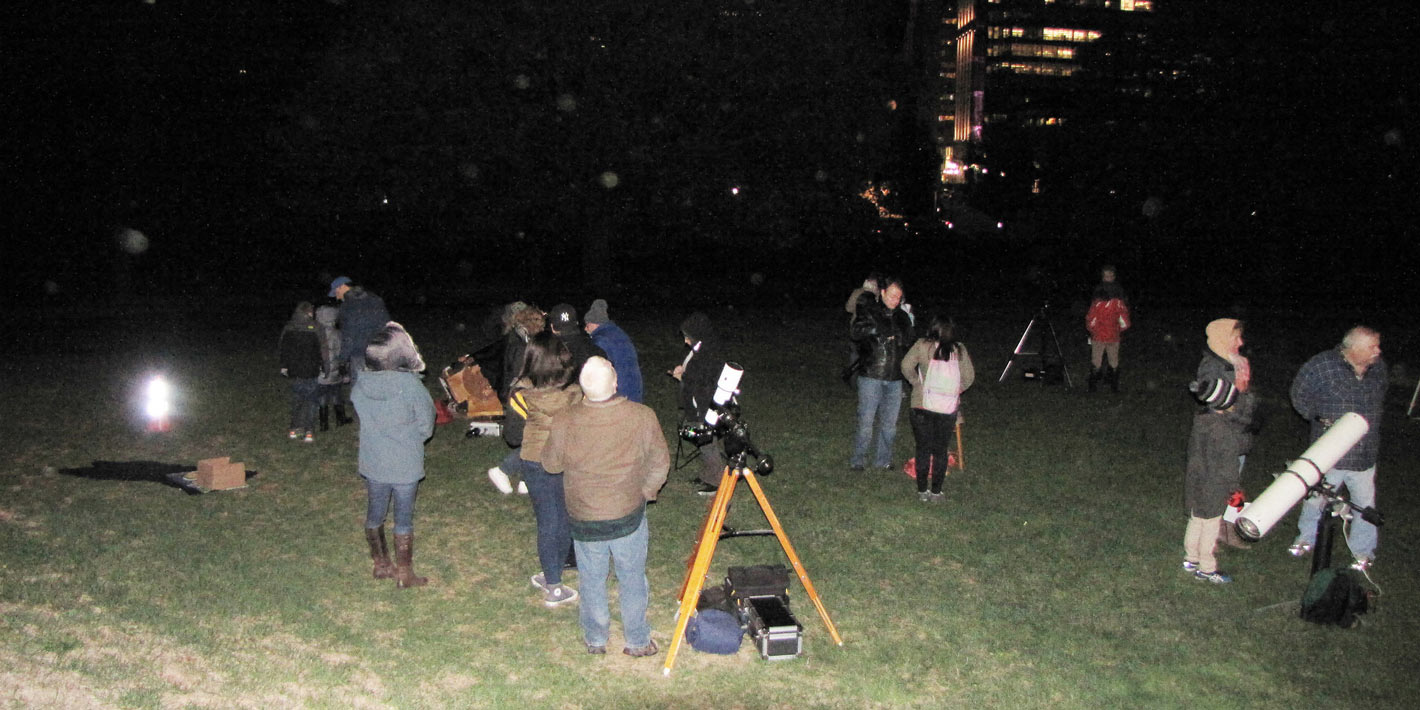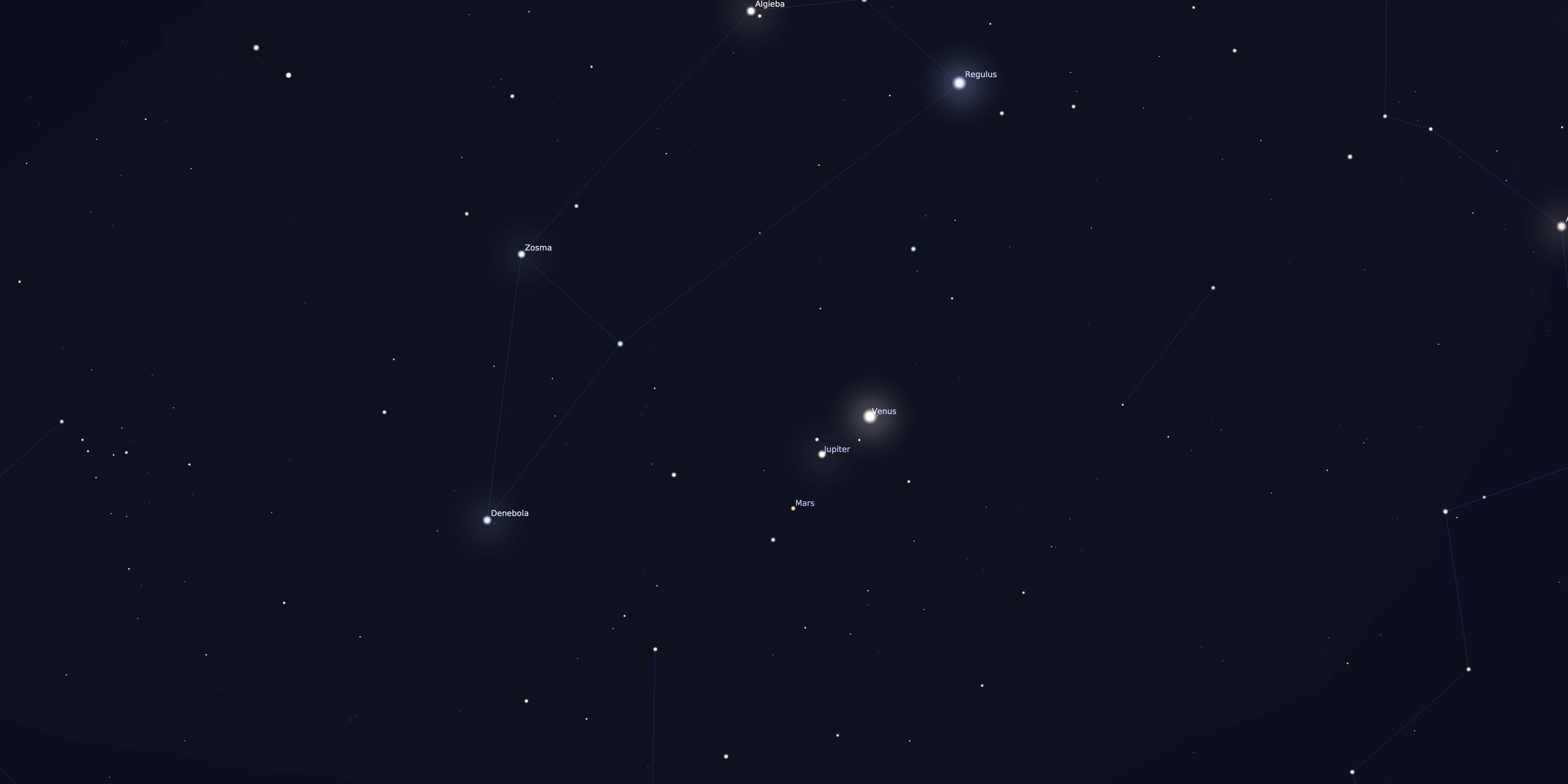October 2015
Darkness in Distress
J. Kelly BeattyLight pollution, simply put, is any unnecessary or excessive outdoor illumination. Sadly, it’s become a pervasive and ugly consequence of modern 24/7 society. Light pollution robs us of the night sky’s beauty, negatively affects the ecosystem, and creates an in-your-face waste of energy. But a new mindset and new technology are poised to slow — and perhaps reverse — this bane of modern life.
Please support the International Dark-Sky Association. Your membership adds to the number of folks concerned about light pollution. Go to www.darksky.org for more information. Indicate your Skyscrapers affiliation when you register. Thank you for your support of this important cause.
Pluto's Amazing Story
J. Kelly BeattyIn July 2015, NASA’s New Horizons spacecraft flew past Pluto after a 9½-year-flight. But really this historic encounter has been 85 years in the making, ever since 24-year-old Clyde Tombaugh discovered this enigmatic body at the edge of our planetary system. Today we realize that Pluto is among the largest objects in the Kuiper Belt, even though initially it was believed to be a body perhaps as massive as Earth. Join veteran space-science reporter Kelly Beatty as he traces the history of Pluto — from predictions of its existence to the discovery of its moons to its “demotion” to dwarf-planet status. Then take a tour of what New Horizons has revealed about Pluto and Charon — truly the “odd couple” of our solar system.
Light and IYL 2015
Kim ArcandWhether it comes from the Sun, a distant galaxy or a neon sign around the corner, light is all around us. We use it to communicate, navigate, learn and explore. Light is far more than just what we can detect with our eyes. It takes the form of radio waves, microwaves, infrared, ultraviolet, X-rays and gamma rays. 2015 is the International Year of Light and Light-based Technologies 2015 (IYL2015) as declared by the United Nations and supported by UNESCO. IYL2015 recognizes the importance of raising global awareness of how light-based technologies promote sustainable development and provide solutions to global challenges in energy, education, agriculture, and health. Hear more about light and IYL2015 in this illuminating talk.
Kepler's Second Chance: Planet Discoveries from the K2 Mission
Andrew VanderburgIn May 2013, the Kepler space telescope experienced a mechanical failure, which ended its original mission. Unable to point itself precisely, Kepler has since been balancing itself against the pressure of sunlight, which has allowed it to continue observing stars and searching for planets in its new K2 mission. In this talk, I will describe how K2 works, how its new operating mode affects the data, and how we found Kepler's first new planet of the K2 mission.
Trials and Tribulations: Building a 14" Dobsonian
Glenn JacksonThroughout Glenn’s teaching career, he and his students built hundreds of “ Galilean Telescopes” as classroom projects. However, his first adventure in serious telescope making was in building his 6” f/5 Newtonian, complete from constructing the body, to grinding the 5” mirror. This 14” f/4.5 Dobsonian is his second effort in mirror grinding and telescope building. The rest is his story to tell.
Glenn was raised in the era of Sputnik. Anything rockets, space or the heavens was his passion. In 1980 he started teaching an Earth Science class in Weston CT. At this time he jumped headlong into astronomy; purchased a new telescope, attended his first Stellafane Convention, and joined the Westport Astronomical Society and was involved in their public outreach program. He joined Skyscrapers in 1996; served as 1st Vice President, and then President of the group. He became a member of Springfield Telescope Makers of Vermont in 2015.
The Definitive Newtonian Reflector
Ed TurcoAmateur astronomers and telescope makers have debated from time immemorial the advantages and disadvantages of different telescope designs. In particular, mountains of hard copy and electronic articles are available on the merits of refracting and reflecting telescopes, more recently, apochromatic refractors vs. Newtonian reflectors. Ed Turco will discuss improvements he made to his “Definitive Newtonian Reflector”.
Ed is a long-time member of Skyscrapers and expert telescope maker. Over the years, Ed has crafted spectacular instruments and has taught many students the art of mirror grinding. He recently celebrated his 50th AstroAssembly.
Reception, Antipasto bar
Reception: Antipasto bar (first course) & soft drinks servedPoster Session begins


White House Astronomy Night on the State House Lawn




